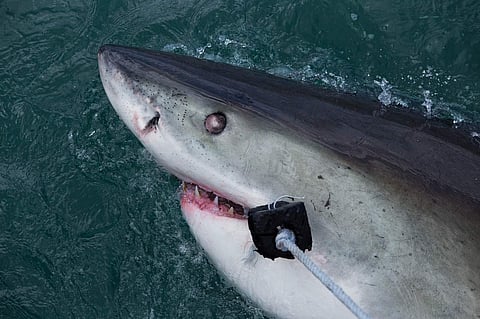

A study has demonstrated that new types of brominated flame retardants accumulate in the tissues of killer whales near Norway and are also passed on to nursing offspring.
The study was published in the journal Environmental Toxicology and Chemistry. Investigators also detected human-made chemicals called perfluoroalkyl substances (PFAS) in the tissues of adult killer whales.
Thresholds for health effects of PFAS in marine mammals are not established, but the chemical has been linked to reproductive and endocrine effects in wildlife. In addition, polychlorinated biphenyls (PCBs), which have long been banned, were detected in the blubber of seven of the eight killer whales in the study at levels that exceeded the proposed threshold for toxicological effects in marine mammals.
"Levels of pollutants in top predators give not only an indication of ecosystem health, but of the persistence of chemicals, passive mobility in the environment, and active biotransport with migrating animals," the authors wrote.
"Our results are relevant for the continued environmental monitoring of contaminants in the Arctic," the authors concluded.
